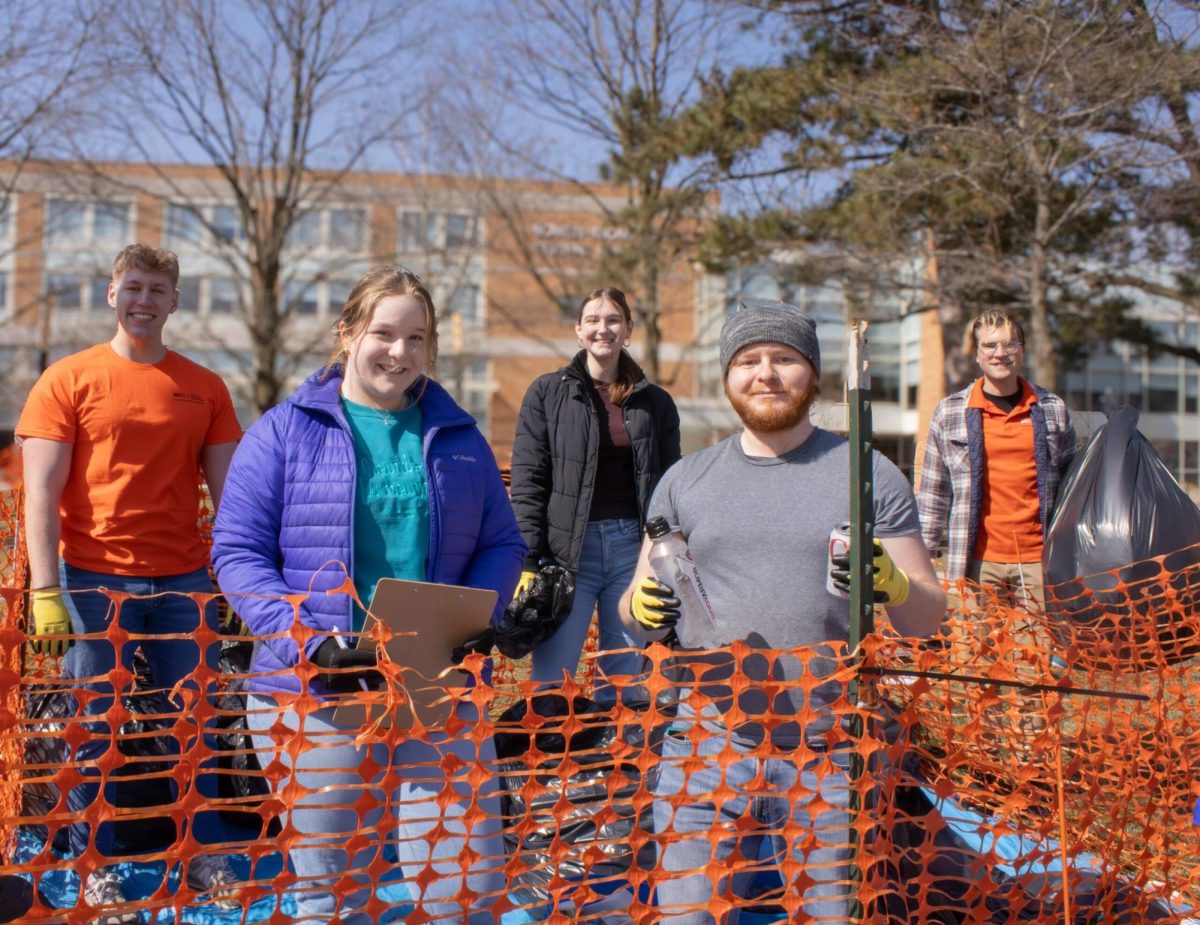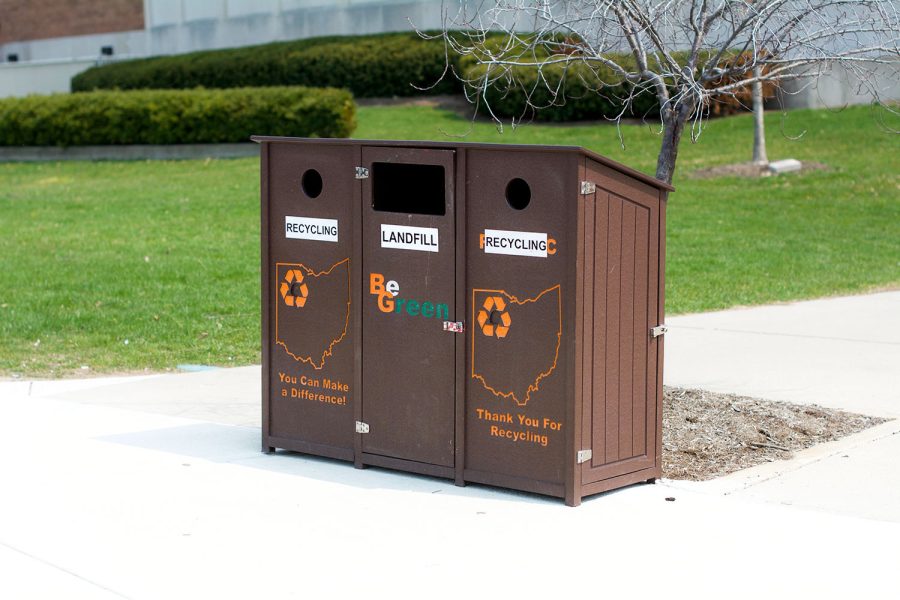A new national research center is coming to the University in an effort to discover more about toxic algal blooms that affect the Great Lakes and the people living nearby.
[[inline_image_identifier 5319594013e22a1ea1027a235f91fa99.jpg]]
Faculty at the University received a $5.2 million, 5-year grant from the National Institute of Health and the National Science Foundation to establish the Lake Erie Center for Fresh Waters and Human Health.
It is a federally funded research center that will focus on algal blooms that “plague portions of the Great Lakes and impact freshwater everywhere in the world,” President Rodney Rogers said during a press conference announcing the research center.
“Toxic algal blooms result in losses of more than $2 billion annually,” Rogers said. He went on to say these losses come from the bloom’s effects on our drinking water, agriculture, resources and recreational uses of water.
The center will conduct research to identify the causes of algal blooms that affect the Great Lakes water basin. The University is partnering with the University of Toledo, the University of Michigan and the Ohio State University via the new research center.
Professor George Bullerjahn is the director of the new research center. At the press conference, Bullerjahn gave the history of algal blooms in the area, including the August 2014 Toledo water crisis that contaminated drinking water for 400,000 people.
Bullerjahn said scientists in the Great Lakes region were aware of the threats related to algal blooms prior to the 2014 crisis, citing a Carroll Township water treatment plant that failed in 2013.
He said the difference between the two water crises was that the Carroll Township treatment plant only serves “about 1,000 registered voters,” compared to Toledo’s larger population.
“The Toledo water crisis really brought a wonderful response with the state,” Bullerjahn said.
U.S. Rep. Marcy Kaptur spoke on the importance of protecting the Great Lakes water basin, which includes the Great Lakes and the surrounding land in Illinois, Indiana, Michigan, Minnesota, New York, Ohio, Pennsylvania and Wisconsin. The water basin also spans into the Canadian province Ontario.
“We realized there was no political instrumentality that covered that area,” Kaptur said. “That makes it even more difficult to hold people accountable because anyone can opt out; And you can sign agreements, but that doesn’t necessarily mean anything will really happen.”
Sen. Randy Gardner, the Ohio senate majority leader and an alumnus of the University, praised his alma mater’s faculty and students for making the research center possible.
Agreeing with Rogers, he said, “Public universities need to be important and relevant to our communities — what could be more relevant than clean drinking water and protecting and healing this great asset that we have: Lake Erie?”
Gardner said these issues have “almost” become a bipartisan issue, noting Democrat Kaptur, Republican U.S. Rep. Bob Latta and other members of the legislature’s collaboration here.













